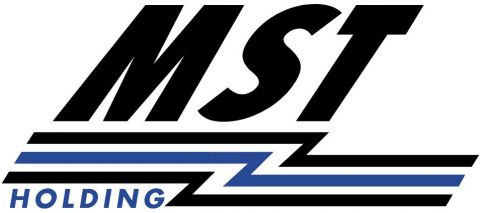To celebrate the International Day of Education, we show you in 6 steps how to set up an eLearning system.
January 24th is International Education Day. Therefore, we want to help you to implement an eLearning training system to train your employees with our Cloud platform. In 6 steps you will be teaching your employees.
All changes need special attention. If you want to implement an eLearning system to train your Call Centre employees, you will have to introduce the changes following a few steps to ensure the success of the project. eAlicia have their own eLearning system and we can help you to set up your own.
Traditionally, classroom training has been considered the most effective. However, companies are incorporating training alternatives that allow them to be constantly retrained. They need to simplify the logistics of delivering training to different cities and countries, with different needs and levels of knowledge.
A feasible solution is to implement an e-learning system and combine it with face-to-face training. However, it can be difficult to introduce a new training system without a good introduction and proper management of the change.
It is essential to have a platform where you can upload your courses and your employees can access them from anywhere to take the exams or study the syllabus. At eAlicia we provide you with this platform where you can benefit from the many advantages it offers. Control the evaluation of your employees in real time, compare data and draw your own conclusions.
In order to implement an eLearning training system, we recommend you to take into account these 6 aspects:
1. Identify internal promoters.
There will probably be employees in your company who love new technologies. First of all, look for those who have used an e-learning system before, who are eager to add value or who are always motivated.
2. Involvement in the project.
Secondly, offer and motivate them to participate in the e-learning development and implementation project. You can involve them at different stages of the project. Some can be involved in the definition of the project, others in the choice of suppliers and the last ones in the planning of the communication. They can also be involved in the pilot tests.
3. Functionalities of internal promoters.
- Convey an attitude of constant learning and openness.
- Proactively intervene in part or all of the project. This involves attending meetings, preparing and developing ideas. But all of them should be eager to collaborate in promoting and talking about the project when the time comes.
- Be aware of the different groups of influence in the company. Identify other potential internal promoters of the project and potential detractors.
- Collaborate in the pilot tests for the implementation of e-learning, providing feedback on aspects to be improved and proposals for solutions.
- Actively participate in the communication process, training of other colleagues and expansion of the project to other areas, companies or countries.
4.Project development.
Internal project promoters love to be involved in the genesis of projects. Being able to define the objectives, scope, resources needed, distribution of tasks and deadlines will help them to know what they are participating in and what their objective is.
5. Communication and implementation.
Once the project has been tested with the group of volunteers and promoters, the communication part becomes one of the most important. It can include both formal and informal actions. I.e. sending an email informing about the project and the people involved in the pilot can be a sign of recognition.
Talking informally over lunch about the virtues and advantages of the project can help to change the perspective of other colleagues. Training or mentoring actions for other colleagues can be included. They can also participate in collecting feedback and improvements. Moreover, they can lead small discussion groups to apply the e-learning project to other areas of the company.
6. Evaluation and improvement.
Finally, monitoring the project is very important to ensure that it continues to progress and does not stagnate. The updating of content, the participation of the entire community of students or workers, and the measurement of results are the pillars of a successful e-learning project.
It is essential to have a platform where you can upload the courses and where your employees can access them from anywhere to take the exams or study the syllabus. At eAlicia we provide it and you will be able to enjoy the many advantages of this tool. Control the evaluation of your employees in real time, compare data and draw your own conclusions.
Do you want to set up your own eLearning system?
Follow us on Linkedin to keep up to date with everything!
